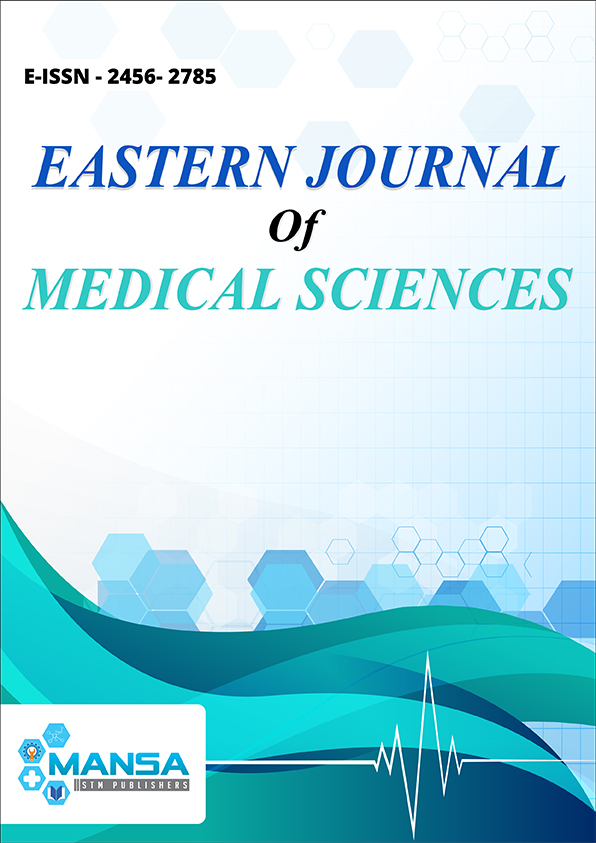Role of high-resolution computed tomography temporal bone in the evaluation of unsafe chronic suppurative otitis media
DOI:
https://doi.org/10.32677/EJMS.2020.v05.i02.002Keywords:
Cholesteatoma, Chronic suppurative otitis media, High-resolution computed tomography, Temporal boneAbstract
Background: Unsafe or atticoantral chronic suppurative otitis media (CSOM) is characterized by scanty, purulent, and foul-smelling discharge with attic or marginal tympanic membrane perforation. This can be associated with serious complications. Objective: The objective of the study was to evaluate the pre-operative high-resolution computed tomography (HRCT) temporal bone findings in unsafe CSOM and to determine its usefulness in patients undergoing surgery. Materials and Methods: In this prospective study, 50 random patients with clinically diagnosed as unsafe CSOM from the ENT Department were subjected to HRCT temporal bone in the Department of Radiodiagnosis, Sriram Chandra Bhanj Medical College, Cuttack. The radiological findings were compared with the intraoperative findings. Results: The study results show a good correlation between the pre-operative (HRCT) and intraoperative findings. Cholesteatoma was seen in 35 cases. Ossicle erosion was seen in 40 cases with incus being the most commonly eroded ossicle, followed by scutum erosion (25 cases), mastoid cortex erosion (10 cases), sinus plate erosion (8 cases), tegmen erosion (6 cases), lateral semicircular canal erosion (4 cases), and facial canal erosion (5 cases). Among the extracranial complications (32 cases), mastoiditis was the most common complication and among the intracranial complications (3 cases), epidural abscess was most commonly seen. Conclusion: HRCT temporal bone helps in depicting the site, extent of the disease, bony erosions, and complications associated with the disease proving to be very helpful in surgical planning. Hence, it is necessary to preoperatively evaluate every case of unsafe CSOM with HRCT.

